The Metaverse: Everything I Learned on How to Buy an NFT
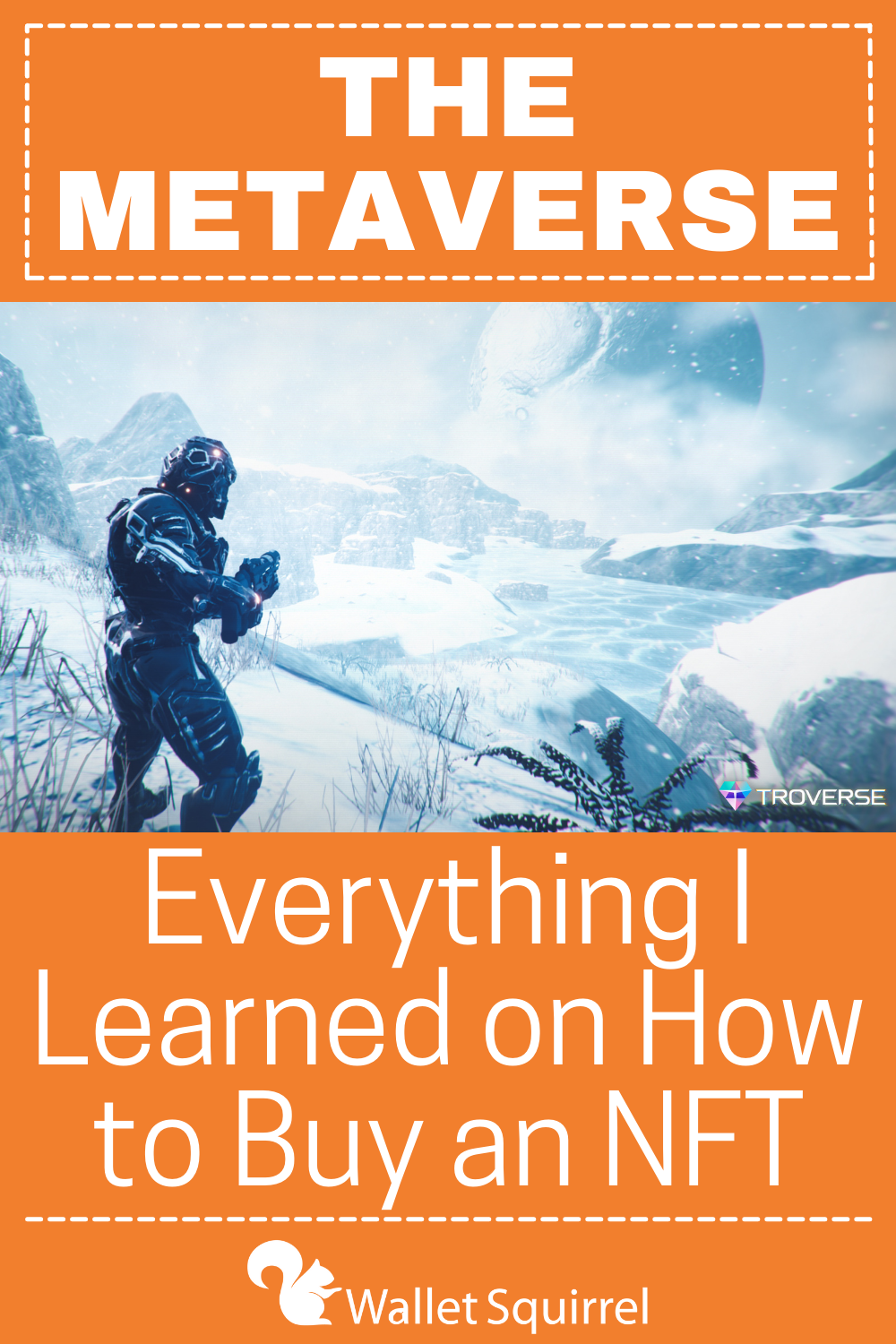
Now that we got that out of the way, let us jump into how I went about hunting, researching, and finally purchasing an NFT. I spent months searching for a project I believed in enough to make an investment. There were also some mistakes made along the way.
This is your chance to learn from my mistakes.
The Hunt
Many months ago I started researching the metaverse and NFTs. After my research on what the heck NFTs are, I decided I wanted to buy one. The next question I needed to answer was, “What kind of NFT do I want?”
As I mentioned, the NFT world has a lot going on right now. There are so many different genres and types of NFTs. I had no idea how complex this would be.
- Artwork (JPEGs)
- GIFs
- Gaming
- Collectible Items/Trading Cards
- Music and Media
- Virtual Fashion/Avatars
- Real-world Assets
Utility Is a Must
One thing I knew was a must, was my NFT had to have utility. This means if I was to buy a JPEG, it had to provide more than just colored pixels. The NFT had to also provide real value on top of looking pretty. An NFT with utility can mean a lot of different things. Some give you voting rights within the project to help direct the project’s next steps or some give you access to real vacation homes (like a timeshare).
As time goes by, the utility can get bigger and better as well. That is why it is nice to be part of a project that has voting rights. Other utility projects can gain you real cryptocurrency that can be exchanged for USD. There is a whole wide world of really neat utility out there.
Where I Landed
As I mentioned earlier, I spent months trying to find the perfect NFT project for me to buy into. I looked at hundreds of different projects within the different types of genres I listed above. During my search, I kept a shortlist of projects that I liked. One night while I was reviewing, I noticed ALL but one of the projects on the list were gaming-related. As a gamer, it made sense that I would be attracted to these types of projects.
Having a passion for games made it an easy choice.
Finally, I had an NFT type to focus on. I was now excited to start digging into the projects.
Due Diligence
I started doing my due diligence on how to buy an NFT. I went through each gaming project one by one looking at various items.
- Project Roadmap – Is it clear with a vision, complete, and has realistic goals?
- Doxxed Team Members – Is the team anonymous or not? Could you do research on the team and previous projects?
- Team Actions – How has the team performed so far? I think of this quote, “It’s not what you say that defines you, it’s what you do.”
- Community – Is there a positive, realistic, active, and large community around the project?
- White Paper or Articles – Has the team released a white paper or articles explaining the project?
- AMA’s – Has the team done talks about the project on Discord or Twitter Spaces? How do I feel about the project after listening to the project?
- Utility – Does the NFT have value beyond the pixels?
- Cost – Does it fit within my budget?
This took a while but at the end of my research, I found a project that I really believed in, Troverse.
Why I Liked Troverse
Troverse is an open-world survival space game that has tons of potential to grow into something special. The possibilities for NFTs are endless such as voxels, space suits, ships, buildings, etc. The best and most valuable NFTs were put on the market first though, the planets. Troverse minted 10,000 unique planets that build the foundation of the game.
Here is what I saw in Troverse while going through my due diligence list.
- Project Roadmap – The roadmap is complete even though there are some large gaps between the planet mint and the alpha release of the game, Q1 2022 to Q3 2022.
- Doxxed Team Members – The team is partially doxxed and they have previous work released on Steam.
- Team Actions – The team has always followed through with their words. In fact, they tend to outperform expectations. This gives me the impression the team is very smart, innovative, and creative.
- Community – There is an awesome Discord community that is very engaged and supportive.
- White Paper or Articles – There is no white paper yet which is somewhat concerning. The reason given for this is they are still putting the finishing touches on the gameplay. Not releasing the white paper allows for more flexibility to fine-tune things in case they find an issue with play.
- AMA’s – Yes, the developers have done several AMA’s and I liked what they had to say.
- Utility – Each planet owner can earn real income from the game. When someone mines minerals on your planet, you get a portion of those minerals that you can use for trading, selling, or building other NFTs.
- Cost – The cost for me was a little pricey but I had the funds. I believe in the project long-term.
A lot of NFT projects end up being flipped quickly. This is not the case for the planets within Troverse. They are the initial NFT for a very large project that is going to take time to get fully developed, the beta release is Q4 2022. For a traditional investor nine months seems like nothing but in the NFT world, this is a LONG time!
I believe Troverse will be a pioneer in the NFT gaming space.
How to Buy an NFT
Mint
Minting is the release of a brand new NFT or NFT series into the market. I like to think of a mint similar to when a new music album is dropped. The major difference is that NFT projects have a very limited supply such as 200,000 unique tokens or as low as 888.
So how to buy an NFT by minting? Well most importantly, you need to get to know about the project before it is ready to mint. Why? Because a lot of the high-demand projects can sell out within minutes. For example, the Azuki project sold out in four minutes!
Getting in at Mint can be very tough. Because of the high demand, most projects have a whitelist (WL) that you need to be on in order to get in on the mint. Basically, the project will allow the people who got WL to mint (buy) the NFT first at the mint price. There will be a timeline for this buying phase which afterward, they will open it up to the public. In my experience, you do not want to be part of this public mint as thousands of people will be trying to purchase the last 200. This can make GAS fees skyrocket (more on this later)!
While WL makes sense, I hate it. To get WL for most projects you need to grind to gain status within a Discord channel or get lucky in a giveaway on Twitter. I tried to grind once then realized why am I working so hard for a project that should be trying to win me over.
This is one reason why I loved Troverse. Sure, yeah, they had the grinding for the WL but those people got the second pick. Troverse set aside 7,000 planets for a public reverse dutch auction. Then they did the WL mint phase with 2,700 planets. Anything that remained went to a general public mint. The reverse auction was something new that no one else had ever done (though a lot of projects are now copying the idea).
Learn other terms for the metaverse in our Metaverse Glossary.
Second Market
Unfortunately for me, I found Troverse too late and missed the public auction. For me, if I wanted to invest in the project, I had to buy a planet on the second market. The two most popular markets are Opensea and Looksrare. Here you connect a cryptocurrency wallet such as Metamask.
There are several ways to get crypto into your wallet. Metamask allows you to deposit using a debit or credit card ($30-$40 fee). Or you can purchase cryptocurrency using Coinbase or Binance and then transfer those funds to your wallet. I opted for the latter because at the time it was cheaper ($5 Coinbase fee + gas fees for the transfer). Now with funds in your wallet, you can use them to purchase any NFT you can afford.
In the current NFT market, purchasing on the secondary market is usually more expensive. For me, my planet cost triple what the mint price was. It turns out I could have waited a couple of days to get a cheaper price but that’s okay. The price could have gone up instead.
Lessons Learned
Yes, I made a stupid mistake when I was learning how to buy an NFT (more about that next) but I have also learned a lot from others as to what you need to watch out for. The NFT world is booming right now. A lot of people are making a lot of money during this boom. This boom will also attract some people trying to take advantage of people. This is something you need to watch out for.
Rug Pulls (Scams)
A rug pull is when the person behind a project simply vanishes after the mint. They take all of the resources with them and you lose everything even the NFT that is supposed to be yours.
I had this happen to me with a GIF project called, Invisible Doodle Friends. For fun, I wanted to get into a low supply project with the remaining $100 I had leftover after purchasing my Troverse planet. I found the doodle project on Twitter, it looked legit (they always do). I made the mistake of letting FOMO settle in because they were minting right then and the price was perfect. After five minutes of research, I decided to mint.
The rug pull didn’t happen for another few days after they did the reveal and the GIFs were just JPEGs. After word got out about it being a scam, the creator pulled the rug from underneath the 2,222 people that purchased.
For me, I only lost $60. I came out with an awesome learning moment to share with you as well.
Liquidity
Remember, NFTs are not liquid investments like stocks or most cryptocurrencies. You need to find a buyer which can take a while. This was something I didn’t think about until I started getting deep into my research.
Bad Teams
There are teams out there that are not scammers but they are not good developers or project managers. Before purchasing, do as much research on the project’s team members as you can.
One competing space project to Troverse did their reveal a few months before Troverse. The results were not good. The graphics ended up being horrible and the value of the project tanked.
High GAS
GAS is the cost to process the calculations to complete your transaction on the blockchain. When there is a lot of demand, the prices go up. If you are trying to compete to get one of those last 200 NFTs in a mint, the price of GAS is going to skyrocket. Be prepared to speed a lot of extra money just for that mint.
Oh yeah, if someone beats you out with a higher GAS price, you still lose your GAS money. You do not get it back. Pretty silly, right?
Unless you are very experienced with how to buy an NFT and have good funds, I would avoid these bidding wars. There are a lot of very large whales out there.
Concluding How to Buy an NFT
Overall, the NFT world is a very fun place. It is perfect for those people who enjoy collecting and flipping/trading items they have collected. I once heard that the NFT world was the perfect place for sneakerhead collectors.
I am glad I jumped into the space. It is something that interests me and I would kick myself if I didn’t give it a try. My adventure hasn’t been perfect and neither will yours be. That is okay. Sometimes it is okay to make mistakes as long as you learn from them.
I don’t think I will be putting more money directly into NFTs though. My issue is with the lack of liquidity NFTs don’t have. I want my investments to have a little more liquidity. I still want to invest in some more gaming projects though so I will find ones that have a coin that I can purchase such as Star Atlas or Axie Infinity.
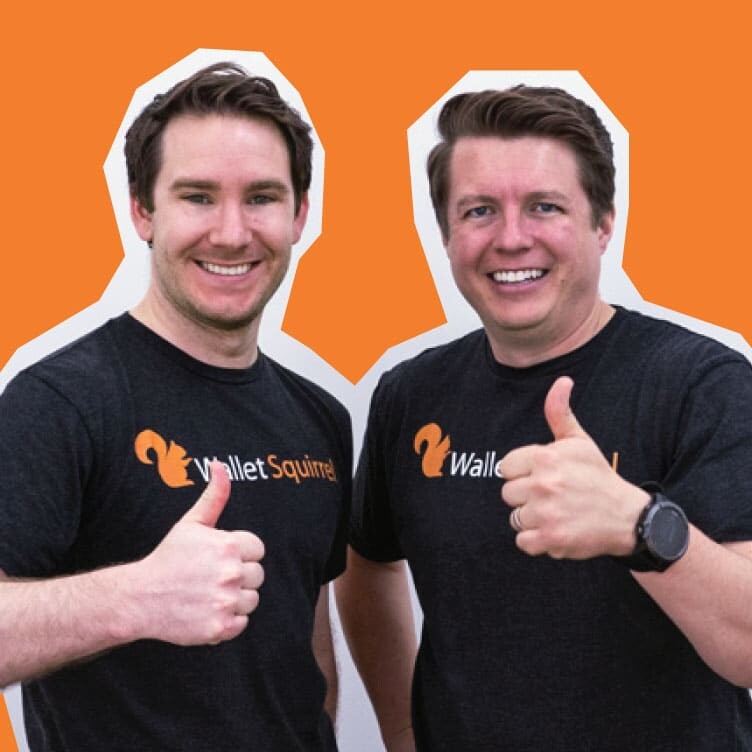
Wallet Squirrel is a personal finance blog by best friends Andrew & Adam on how money works, building side-hustles, and the benefits of cleverly investing the profits. Featured on MSN Money, AOL Finance, and more!

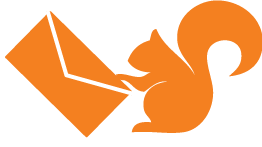
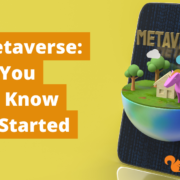
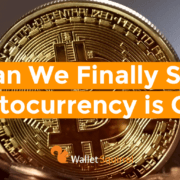
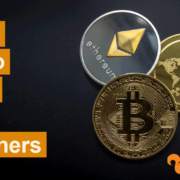
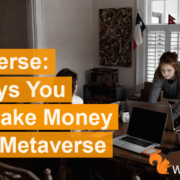
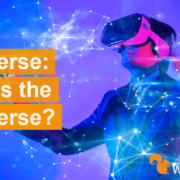
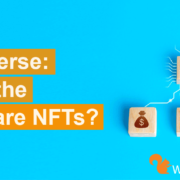


Leave a Reply
Want to join the discussion?Feel free to contribute!